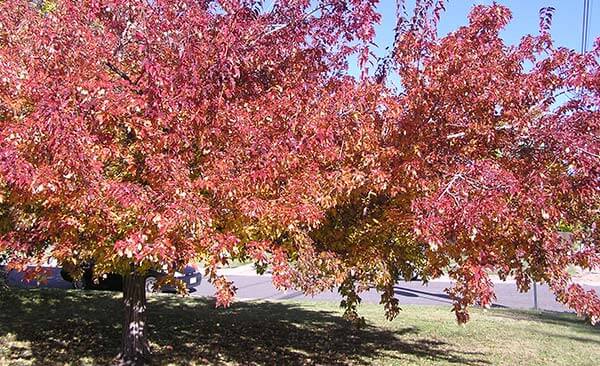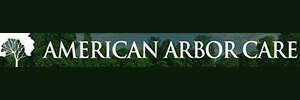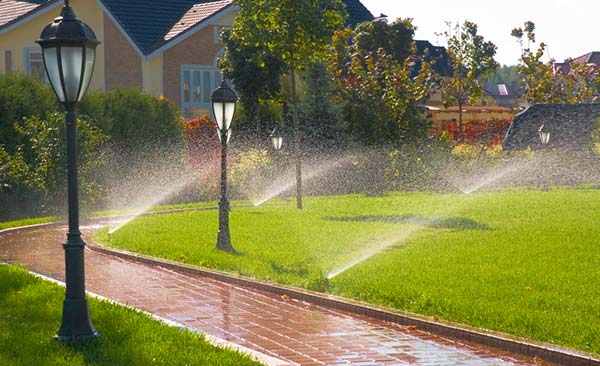March 31 unofficially benchmarks the end of winter and the start of spring, regardless of the spring equinox and what Mother Nature might have to say. That’s when we focus determinedly on spring and summer and put away our winter gear. That’s when a Denver homeowner’s focus turns to landscaping. And more importantly – that’s also when American Arbor Care’s discounts on winter pruning and pre-paid annual lawn and tree service expire.
Pruning vs. Topping
Pruning removes specific branches or stems to benefit the entire tree. How a tree is pruned greatly affects its growth, form, vigor, and stability. Selective cutting (pruning) involves complete removal of a branch to the main stem or another lateral branch and maintains the tree’s general shape. It is performed with an eye toward maintaining the tree’s structural integrity and an aim to direct more light inside the crown. Because the cuts are made closer to the stem, they heal more rapidly. Pruning also stimulates growth over many growing points.
Topping consists of cutting off the top of a tree regardless of branch placement. It results in myriad new shoots that produce fast-growing sprouts. The new shoots look thick and bushy, but they’re structurally weak. Topping vastly reduces the tree’s crown, limiting its capacity for photosynthesis. Finally, the large wounds inflicted by topping may not heal before the wood begins to decay.
American Arbor Care’s certified arborists evaluate each tree before determining the need and extent of pruning. Your Denver tree service will provide an estimate for pruning service according to the needs of the tree, the property, and the client, and then perform that work in accordance with ANSI300 pruning standards.
The 10 percent discount on winter pruning service offered by American Arbor Care ends on March 31. If you have multiple tree and shrubs on your property that need to be pruned, that 10 percent discount can add up to a hefty chunk of change which you can earmark for other purposes.
Preventative Spraying
We have three types of spraying to prevent damage from a number of culprits – whether it is warding off insects or preventing weed growth, take advantage of these treatments:
- IPS engraver beetle spray for spruce or pine trees: Think of this as insurance for your tree’s health. Taking the step to spray your pine or spruce tree can ensure infestation does not occur even when the insects make an attempt. As an affordable treatment, this is an appropriate measure to take – some infestations can last for a long time, years even, creating major damage to your beautiful tree
- Pre-emergent fertilization and broadleaf weed control: March is the perfect time for pre-emergent weed control and fertilization, before the plants begin to germinate. If you are able to catch the weed growth prior to them producing seeds, it can control future growth and reproduction
- Pre-emergent treatments in mulched and rock bed areas: By applying pre-emergent treatments in mulch or rock beds, you can create a barrier for the prevention of future weed growth, and disallow the weeds from germinating and multiplying throughout the spring.
Year-Round Lawn Care
Taking advantage of the professional yard service provided by American Arbor Care enables homeowners to spend time enjoying their yards rather than working in their yards. You can engage American Arbor Care to provide a year of lawn care service that will make your yard the envy of the neighborhood and a place you want to spend your leisure time.
A year’s worth of service includes expert care for lawn to keep it in good health and looking its best, whatever the seasons bring us. If you have already signed up for pre-paid spray and lawn care services, your payment is due by March 31.
Not including golf courses, Americans spend an estimated $6.4 billion annually on lawn care. Five percent of that is $320 million. What’s your share of the savings and how will you spend it?
Take Advantage of Discounts While You Can
Save time, energy, and money by calling American Arbor Care at (303) 639-8584 to schedule a consultation and sign up for service before March 31.









